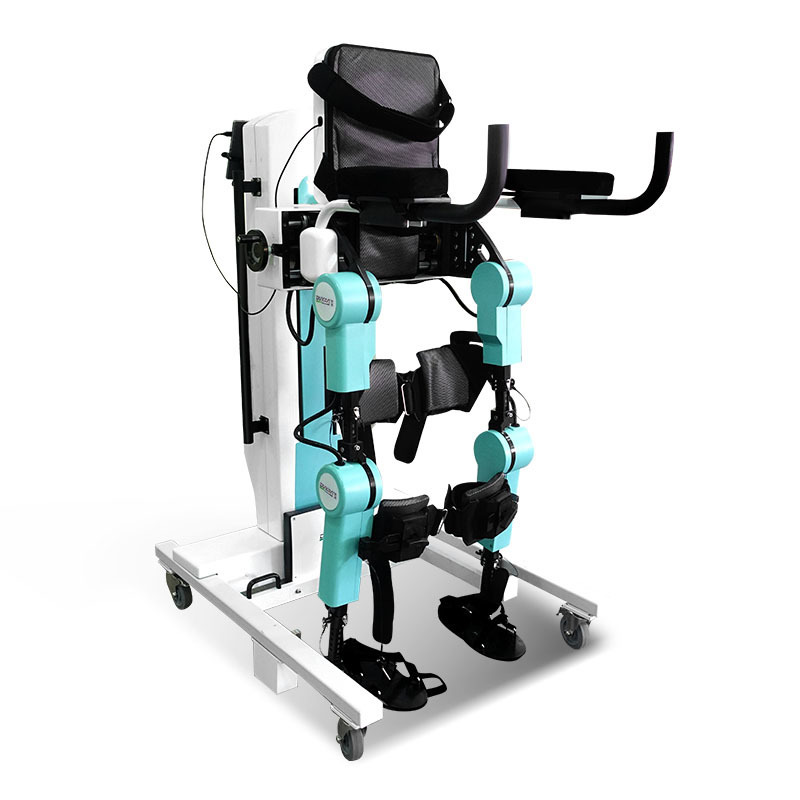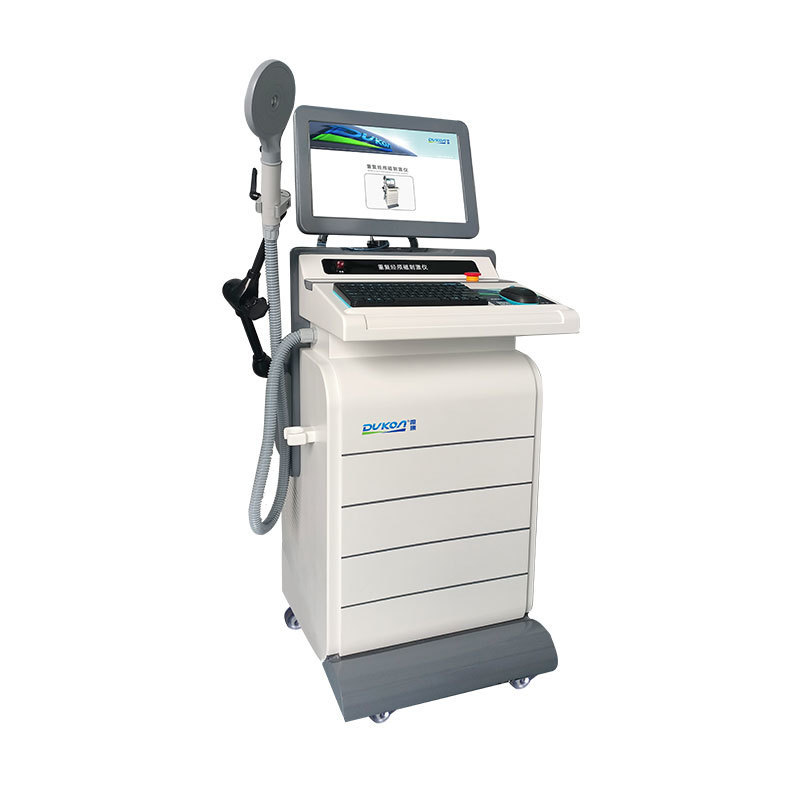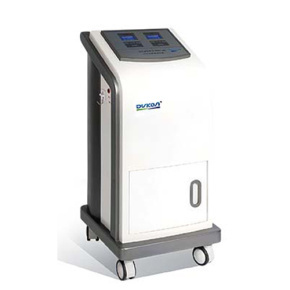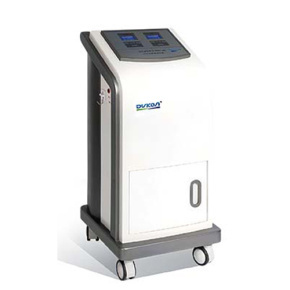Categories
-
Overall Solution of TCM Rehabilitation Center
-
Rehabilitation Assessment and Training Equipment
Contact Us
ADDRESS:
4th Floor, Runjiang Headquarters International Building, No. 455, Yuhua East Road, Hi-tech Industrial Development Zone, Shijiazhuang, Hebei, China.
TEL:
PHONE:
E-MAIL:
Brainwave Bionic Electrical Stimulator(LCD screen)
specializes in the manufacture of flanges, butt weld pipe fittings in standard as well as special parts and forgings according to customer drawings.
- Commodity name: Brainwave Bionic Electrical Stimulator(LCD screen)
Category:
- Product description
-
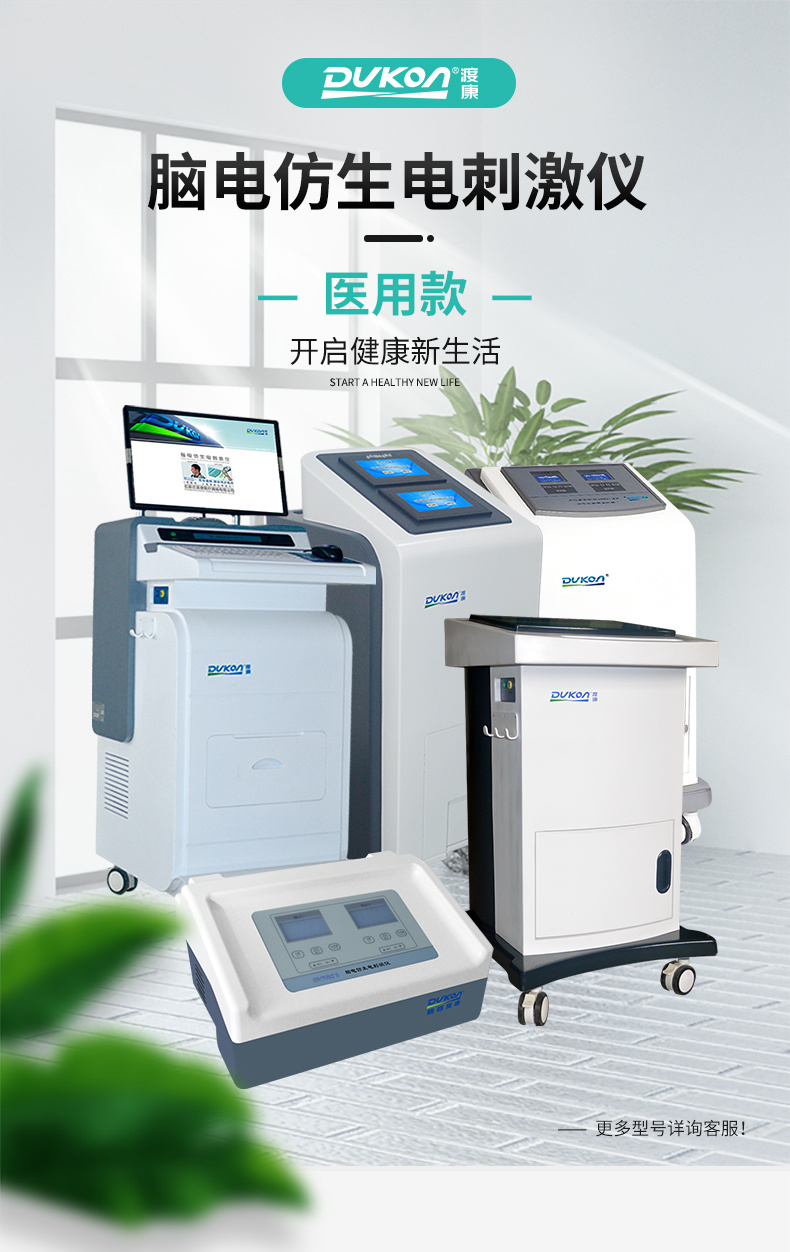
Treatment principle:
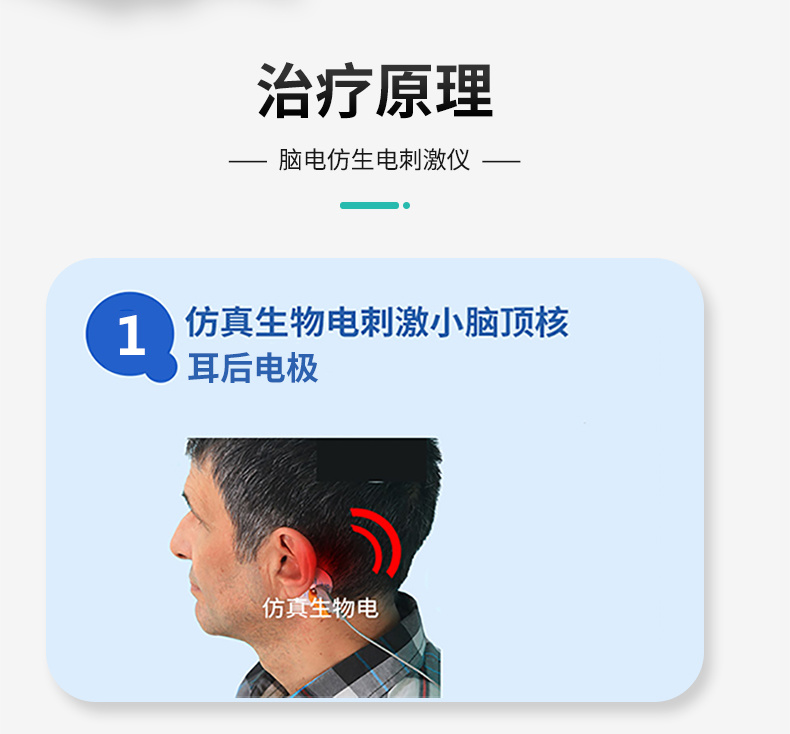
(I), simulation of biological electrical stimulation of the cerebellar fastigial nucleus-EEG therapy
Simulated bioelectricity (disordered wave) stimulates cerebellar fastigial nucleus, brain cells and cerebral blood vessels through extracranial mastoid acupoints, and plays a role in the recovery of brain function through the following three aspects:
1, diastolic cerebral blood vessels, improve vascular elasticity, increase cerebral local blood flow, improve cerebral blood microcirculation.
2. Start the brain endogenous neuroprotective mechanism, protect nerve cells, improve the metabolic environment of brain cells, and accelerate the metabolism of damaged brain cells.
3. Stabilize the brain cell membrane potential, inhibit the depolarization wave, and guide the abnormal EEG to normal.
(II) simulation of biological electrical stimulation of limb neuromuscular-EMG therapy
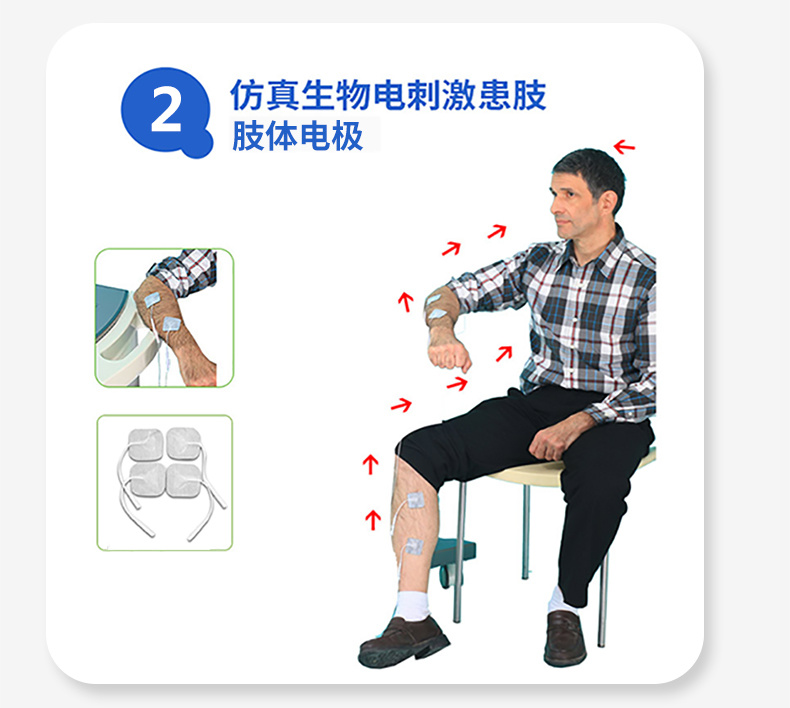
By simulating bioelectrical stimulation, the affected limb can simulate active movement in a passive rhythmic contraction and relaxation manner to achieve the following effects:
1, in the limb around the nerve and muscle around by bionic electrical stimulation at the same time, electrical stimulation can also be afferent nerve spinal cord and projected to the high center, so that the lesion has not been completely necrotic nerve cell excitability can be improved, so as to promote the function of reconstruction.
2. Simulated bioelectrical stimulation can reduce synaptic conduction resistance, which can form a new conduction pathway in the network-like synaptic connection around the lesion area.
3. Due to the existence of peripheral compensation, when the paralyzed muscles are electrically stimulated, the functional muscle fibers can be thickened-the muscle strength can be increased; the functional motor nerve endings can increase their branches to innervate the denervated muscle fibers, so that the function can be restored.
Indications (reference conditions) are as follows:
Cerebral ischemic diseases: cerebral thrombosis, lacunar infarction, vascular dementia, cerebral insufficiency, cerebral palsy, cerebral arteriosclerosis, epilepsy, etc.
Brain injury diseases: concussion, brain contusion and brain trauma sequelae, cerebral hemorrhage recovery period, cerebral hypoxic injury, brain toxic injury.
Nervous system diseases: migraine, neurosis, insomnia, cognitive dysfunction, senile dementia, brain atrophy, depression, brain fatigue syndrome.

Applicable Department
Psychiatry, neurology, neurosurgery, rehabilitation and physiotherapy, pediatrics, acupuncture and moxibustion, veteran cadre wards, disabled persons' federations at all levels, special education schools, welfare homes, etc.
Get A Quote
Note: Please leave your email address, our professionals will contact you as soon as possible!







